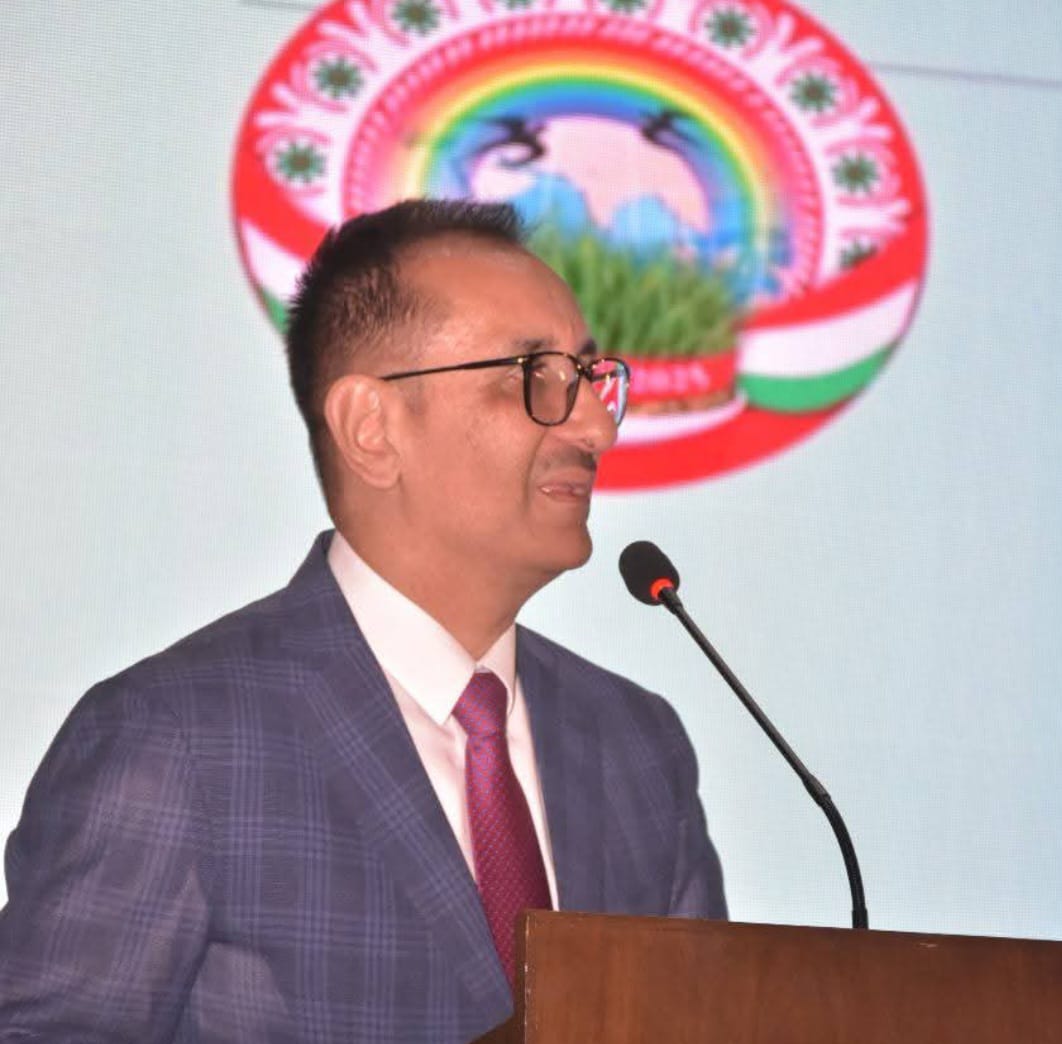ISLAMABAD ( WNAM REPORT ):The vibrant spirit of Navruz—a festival symbolizing rebirth, unity, love, and happiness—was celebrated with grandeur at a reception and exhibition of art and culture organized by the Embassy of Tajikistan in Islamabad. Speaking on the occasion, Ambassador Sharifzoda Yusuf Toir described Navruz as a centuries-old tradition that heralds the arrival of spring and reflects the shared cultural heritage of many nations across the region.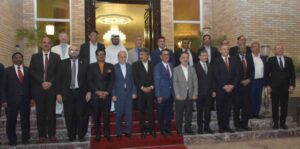
“Navruz has been celebrated for generations in Tajikistan, Iran, Uzbekistan, Turkmenistan, Kyrgyzstan, Kazakhstan, Pakistan, Iraq, Mongolia, Bangladesh, China, and beyond,” the Ambassador said. He highlighted how the festival unites diverse cultures, showcasing a remarkable mutual cultural bond among nations historically linked by ancient Persian civilization.
In Tajikistan, Navruz is not merely a festival; it is a vivid expression of national identity and pride. The colors and customs associated with Navruz vary from country to country, but in Tajikistan, they are uniquely rich, steeped in deep historical and cultural significance. The Ambassador emphasized that Tajikistan has long been the torchbearer of a great civilization, with Navruz playing a central role in its annual celebrations.
The Embassy’s festivities were marked by the preparation and presentation of traditional Tajik dishes, carefully crafted over four days by both men and women. The highlight of the culinary offerings was the preparation of Sumanak—a sweet, herbal pudding made from sprouted wheat. Ambassador Toir explained that Sumanak (also known as Sumalak or Sumanakpazi) is one of the ancient culinary traditions of the Tajik people, symbolizing prosperity and good fortune.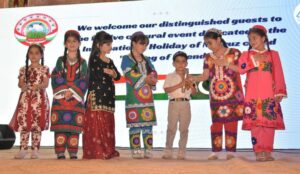
“Sumanak differs greatly from other dishes; it carries immense food value and embodies the spirit of Navruz,” he shared. The guests were also treated to other delicacies, including Oshy Palov (the famed Tajik pilaf), halva, dalda, sambusa, and a variety of traditional sweets—each plate telling a story of Tajik culture and hospitality.
Delving into the deeper meaning of the festival, Ambassador Toir noted that Navruz, meaning “new day” in Persian, marks the vernal equinox—the day when light and darkness are balanced—and symbolizes a new beginning. Celebrations often include customs like the setting of the Haft Seen table, where seven items beginning with the Persian letter “S” are displayed to represent hopes for the new year.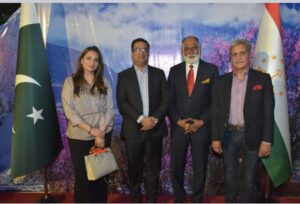
Recognized by the United Nations in 2009 as an International Nowruz Day, the festival stands today as one of the world’s oldest and most enduring celebrations, rooted in the heart of ancient Persian civilization. “Navruz is not just a day; it is a profound expression of renewal, hope, and the eternal bond between nature and humanity,” Ambassador Toir said.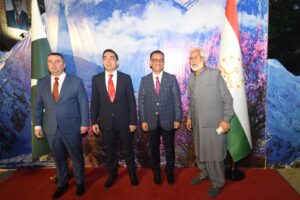
As the festivities unfolded at the embassy, guests experienced a colorful and heartfelt display of Tajik culture, reminding all present that Navruz is more than a celebration—it is a living bridge connecting the past to the future, and a timeless symbol of peace, unity, and joy.

